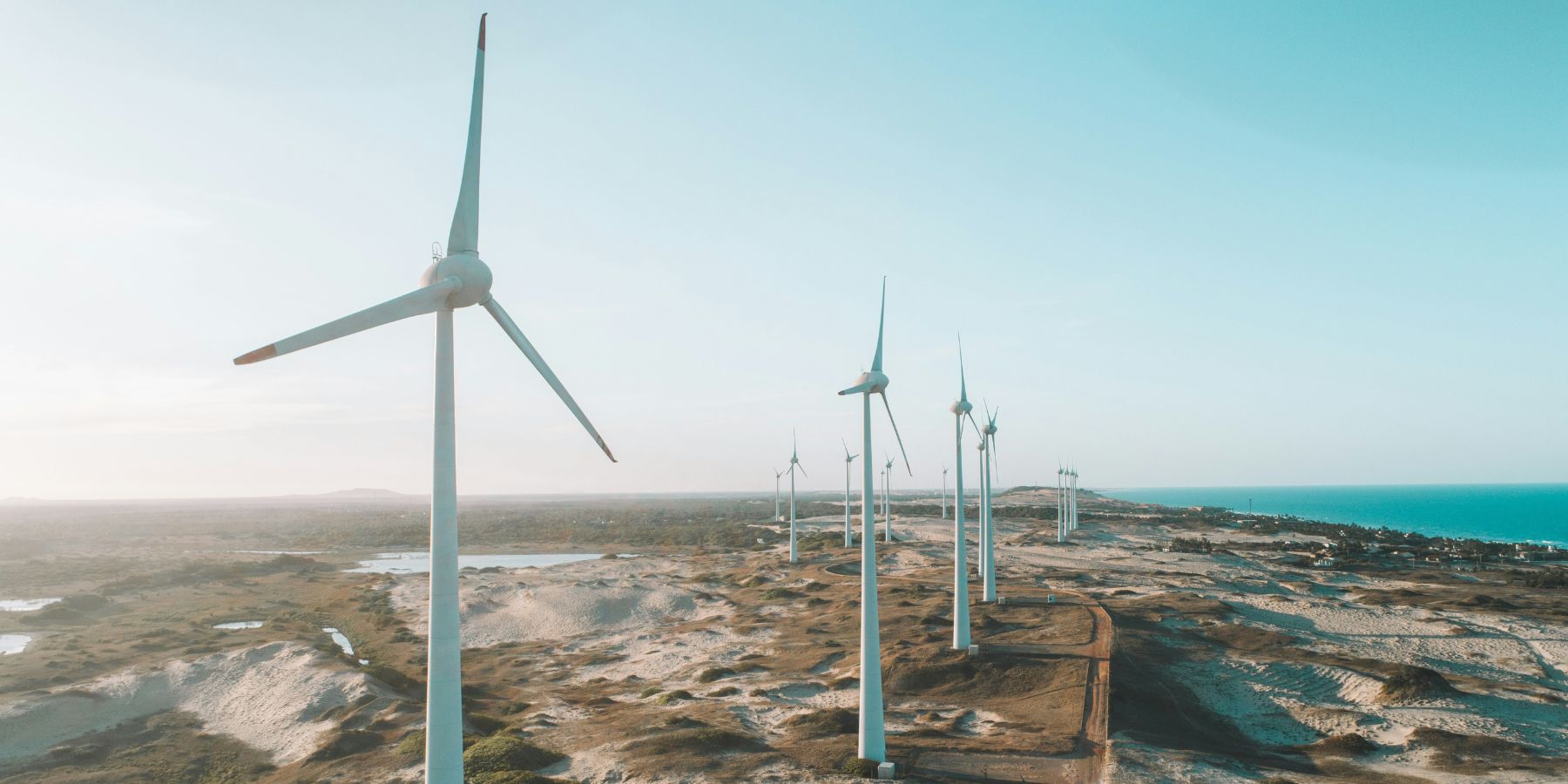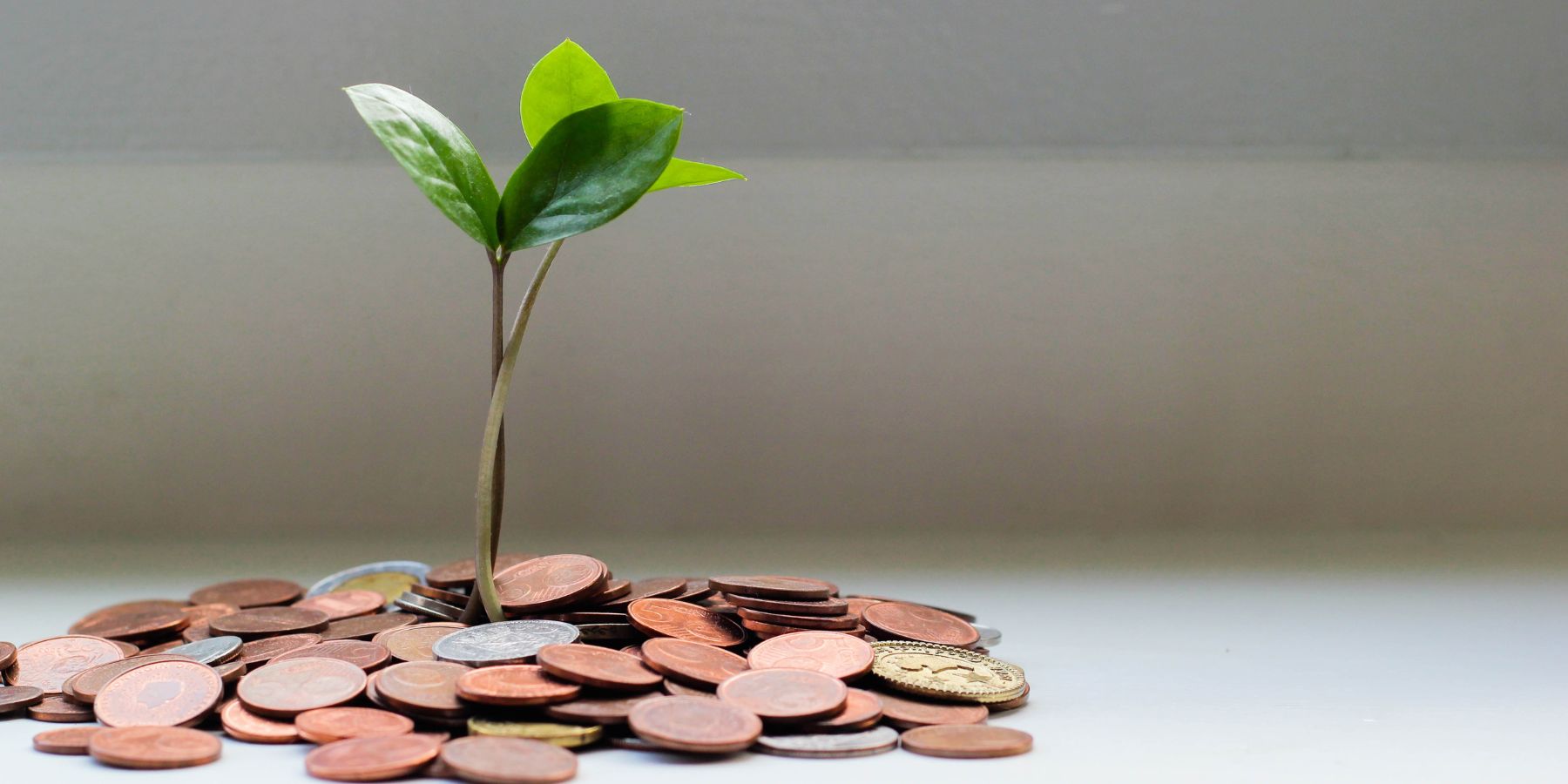
Understanding the Circular Economy: An Introduction
If you've ever wondered what this term means ‘circular economy’ means and why it's getting so much attention, you're in the right place. Let's break it down….
What is the Circular Economy?
Imagine a world where everything we use, from our phones to our furniture, is made to last, be repaired easily, or be turned into something new when we're done with it. That's the essence of the circular economy. It's an eco-friendly approach that challenges the traditional 'use it and throw it away' mindset. Instead of products ending their life in a landfill, they are reused, repaired, or recycled - it's about keeping things in use for as long as possible and reducing waste to a minimum.
A Quick Peek into Its History
The idea of a circular economy isn't brand new. It's been around for a while, inspired by nature. In nature, there's no waste - everything has a purpose and is reused in different forms. Humans, on the other hand, have largely been following a linear approach: we take resources, make products, use them, and then throw them away. This linear model has led to a lot of waste and environmental issues. The circular economy is our way of taking cues from nature to make our economy more sustainable.
Why Does It Matter?
Shifting to a circular economy matters for several reasons. It's not just good for the planet - reducing waste and pollution, and conserving natural resources - but it's also great for our economy and society. It encourages us to be innovative, to design products differently, and to think creatively about how we use and reuse materials. Plus, it can save money and create new jobs in sectors like recycling and refurbishing.
As we delve deeper into the circular economy, remember, it's not just a technical concept for businesses and governments. It's a way for all of us to rethink how we make, use, and dispose of things in our daily lives. So, let's explore how this incredible concept can change our world for the better.
Key Principles of the Circular Economy
In this section, we'll explore the core principles that make up the circular economy. These are the building blocks that help us understand how it all works. Don't worry, we'll keep it simple and jargon-free!
1. Minimising Waste
The first principle is all about reducing waste. Imagine if the things we used in our daily lives were designed in such a way that they created little or no waste. This means thinking creatively right from the start - designing products that are more durable, easier to repair, or made with materials that can be safely and easily recycled. It's like cooking a meal and making sure every bit of the ingredients is used effectively, with nothing going to waste.
2. Reusing Resources
This principle is about finding new life for products and materials. Instead of throwing away an old chair, for instance, we could refurbish it or use its parts for something else. It's like giving things a second (or third, or fourth) life. Reusing helps us get the most value out of resources, and it often requires us to think outside the box.
3. Recycling Materials
Recycling is probably a term you're already familiar with. In the circular economy, recycling is about breaking down products at the end of their life and using the materials to make new products. It's the circle of life, but for things! The aim is to create a closed loop system that reduces the need for new raw materials and helps us make the most of what we already have.
4. Sustainable Product Design
This is where innovation really kicks in. Sustainable product design means thinking about the entire lifecycle of a product - how it's made, used, and what happens to it when it's no longer needed. Designers consider using environmentally friendly materials that are safer for the environment, designing products that can be easily repaired or upgraded. This ensures ensures that, at the end of their life, they can be broken down and reused or recycled.
5. Renewable Energy Utilisation
Last but not least, the circular economy is also about energy. Using renewable energy sources like wind, solar, or hydro power helps reduce our reliance on fossil fuels. This not only cuts down on greenhouse gas emissions but also complements the other principles of a circular economy, making the whole system more sustainable.
In a nutshell, the circular economy is about changing the way we think about resources - from a one-time use and throw away model to a continual use and reuse model. It's like a relay race where the baton (our resources) is passed on and on, rather than being dropped after the first run. In the next sections, we'll dive into how this differs from our current system and the amazing benefits it offers.
The Circular Economy vs. The Linear Economy
In this part, we'll compare the circular economy to the linear economy, which is the system most of us are used to. Understanding the difference between these two models is key to grasping why the circular economy is such a game-changer.
Comparison of Models
The Linear Economy: This is the 'take, make, dispose' model. It's like a one-way street where resources are extracted, turned into products, used, and then thrown away as waste. Think of it as using a teabag once and then throwing it in the bin. The linear economy often leads to a greater environmental impact due to increased waste and resource depletion.
The Circular Economy: In contrast, the circular economy is like a roundabout. Here, resources are kept in use for as long as possible. Once their initial life cycle ends, they are recovered and regenerated into new products. It's like using that teabag to make a second cup of tea, or even using the used teabag as a compost for your garden.
Environmental and Economic Impacts
Linear Economy Impacts: This model can lead to a depletion of natural resources, increased pollution, and more waste. Economically, it often means a short-term gain without considering long-term sustainability.
Circular Economy Impacts: The circular approach reduces pressure on the environment, decreases pollution, and limits waste production. Economically, it can lead to innovation, new jobs in recycling and refurbishing, and long-term cost savings.
By comparing these two models, we can see how the circular economy not only helps in keeping our environment cleaner and healthier but also encourages smarter, more sustainable economic growth. In the next sections, we'll delve into the benefits and challenges of adopting the circular economy and how it's being put into practice around the world.
Benefits of the Circular Economy
Shifting to a circular economy isn't just about being kind to the planet; it's got a whole range of benefits for everyone involved. Let's take a look at the bright side of going circular.
Good News for the Planet
One of the most immediate benefits is the significant reduction in waste and pollution. By reusing, recycling, and refurbishing, we cut down on the amount of rubbish that ends up in landfills or in the oceans.
Just think of how much rubbish we won't be dumping into landfills and oceans. Likewise, by reusing and recycling, we don't need to take as much from the Earth. Plus, less pollution and habitat destruction means wildlife gets to thrive.
Wallet-Friendly Wins
Shifting to a circular economy can open up new job opportunities in areas like recycling, refurbishment, and sustainable product design. It also stimulates economic growth by fostering innovation and new business models.
Companies that adopt circular principles often find themselves at the forefront of innovation. They can gain a competitive edge by offering sustainable products and services that more and more consumers are looking for.
Although there might be initial costs in transitioning to circular models, over time, businesses can save money through efficient resource use, waste reduction, and by creating products with longer lifespans.
Social Benefits
By reducing pollution and conserving natural resources, the circular economy contributes to cleaner air, water, and a healthier environment, which directly benefits people's quality of life. With less pollution, we all get to enjoy cleaner air and water. It's like the difference between a smoggy city and a fresh countryside morning.
The circular economy teaches us to share more and be mindful about what we buy and throw away. It encourages us to adopt more sustainable lifestyles, emphasising the value of reusing and recycling.
When we all chip in to recycle and share things, it brings us closer together. It fosters community spirit and inclusivity, like being part of a team where everyone plays their part.
So, as you can see, going circular isn't just good for the earth – it's good for our communities, our wallets, and even our health.
The Role of Consumers
Let's talk about how you, as a consumer, can make a big difference in moving towards a circular economy. By choosing eco-friendly products that are designed for durability and recyclability, you can really help to build the circular economy. It's all about the choices we make every day, from what we buy to how we dispose of things. Here's a straightforward look at how you can help.
Making Smarter Choices
Choose Long-Lasting Over Disposable: Try to pick products that are built to last. It's like choosing a sturdy backpack that will see you through many adventures instead of one that might tear after a few uses.
Be a Savvy Shopper: Ask questions before you buy. Is this product made to be easily fixed? Can it be recycled? Companies notice when their customers care about these things.
The Power of Your Pound
Your Purchase Matters: Every time you buy something that's made to be reused or recycled, you're telling companies that there's a demand for sustainable products. It's not just everyday household products either. Don't forget things like eco-friendly gifts, sustainable fashion and packaging for food products too.
Supporting the Good Guys: Look out for and support businesses that take back their products for recycling, offer repair services, or sell items made from recycled materials.
Embracing New Habits
Reduce, Reuse, Recycle: These aren't just catchy words; they're a way of life. Think twice before throwing something away. Can it be reused or given to someone else? Is recycling an option?
Join the Sharing Economy: Got a drill that you use once a year? Maybe there's a tool-sharing club nearby. Sharing or renting stuff instead of owning it outright can really cut down on waste.
Spread the Word: Chat with your friends and family about why you choose products that are better for the environment. Sharing your reasons might inspire them to do the same.
Remember, as a consumer, you have more power than you might think. Your choices and actions can help shape a more sustainable future where we make the most of what we have.
In summary, the circular economy is an approach that challenges our traditional 'use and dispose' habits. It's about keeping products, like electronics, clothing, and furniture, in circulation for as long as possible, either through repair, repurposing, or recycling.
This shift offers substantial benefits. However, transitioning to this model does come with challenges, such as the need for technological advancements and widespread behavioural change. Crucially, as consumers, we play an integral role in this process. Our choices and actions can significantly influence the success of the circular economy. By embracing this concept, we can all contribute to building a more sustainable and prosperous future.


Leave a comment
This site is protected by hCaptcha and the hCaptcha Privacy Policy and Terms of Service apply.